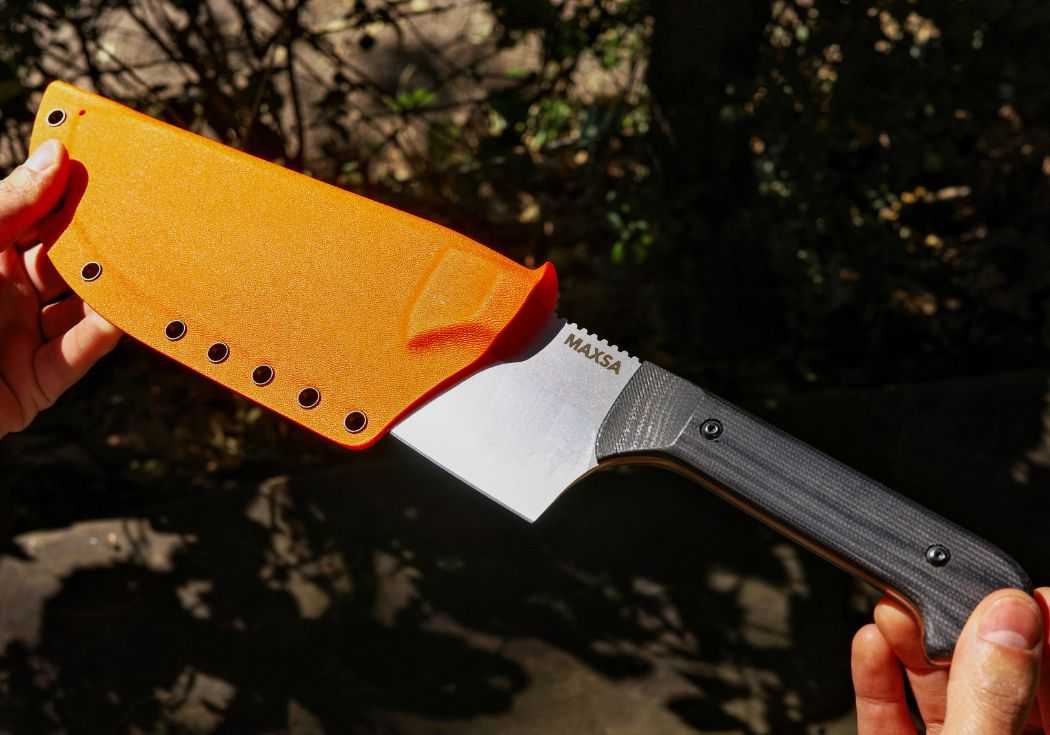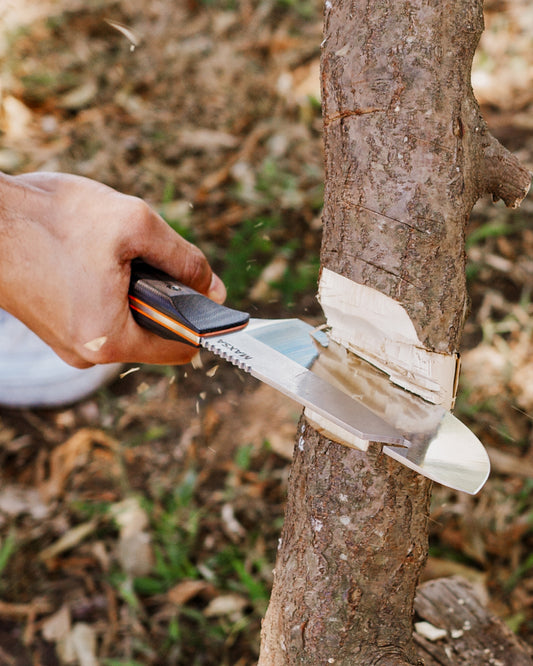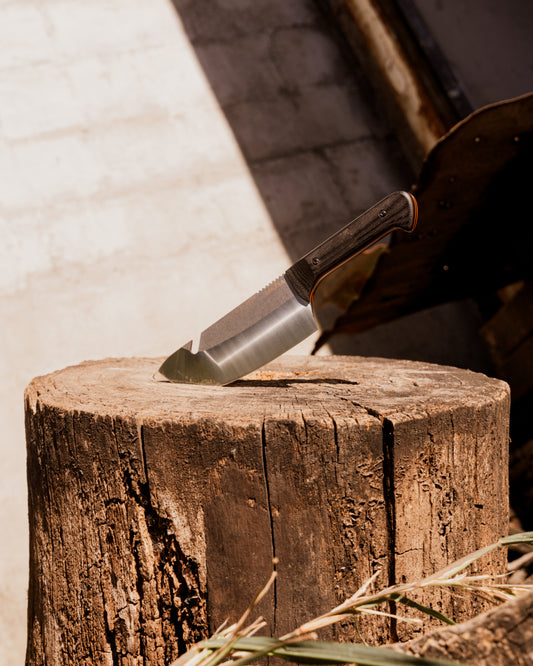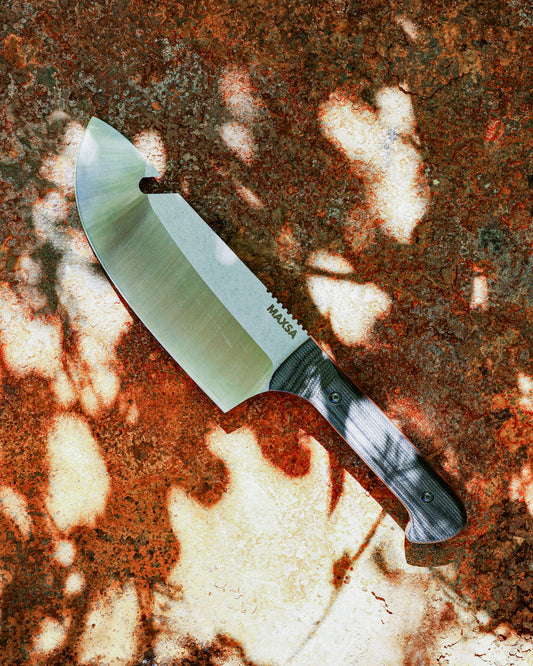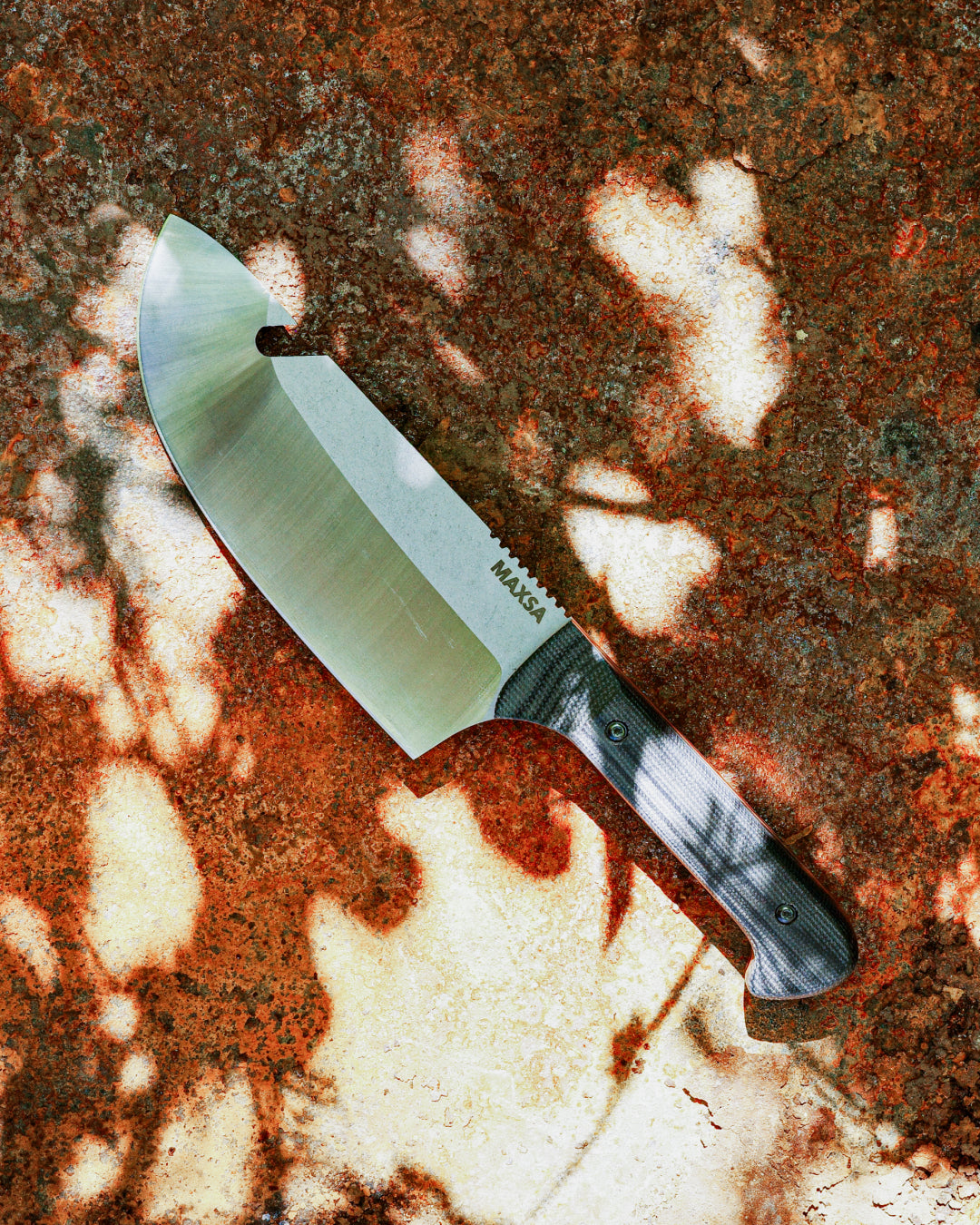
The Rockwell Hardness Scale Explained
I want to begin by emphasizing Rockwell Hardness Scale (HRC) is not the sole or most important factor in determining steel quality, sharpness, durability, etc. Heat treatment, blade geometry, steel type and others also play a crucial role in the end product. With that said, let's talk about Rockwell.
In the world of knives, understanding performance metrics like the Rockwell Hardness Scale is key to finding the perfect blade for your needs. But what does this scale really tell us, and how does it impact your knife's performance? Let's dive in and shed some light on this essential aspect of knife selection.
What is the Rockwell Hardness Scale?
The Rockwell Hardness Scale is a standardized measurement used to gauge the hardness of materials, such as steel. This scale assigns a numerical value to the hardness of a material based on its resistance to indentation. While higher numbers generally indicate harder steel, it's essential to recognize that the highest number isn't always the best choice for every situation.
Navigating the Balance
While knives with higher Rockwell Hardness ratings typically boast impressive edge retention, they can also be more prone to brittleness and difficulty in sharpening. This is a crucial consideration, especially for novice knife users or those who prioritize ease of maintenance. On the other hand, knives with slightly lower hardness ratings may offer a better balance between edge retention and ease of sharpening, making them more forgiving for everyday use.
Striking the Right Balance: The Sweet Spot at 56-60 HRC
A Rockwell Hardness rating of 58 HRC represents a sweet spot that balances edge retention with sharpenability. Knives with this rating offer a durable edge that stays sharp through extended use while remaining manageable when it's time for maintenance. This balance ensures that you get the most out of your knife without sacrificing usability.
Beyond Hardness: Considering Steel Type, Heat Treatment, and Blade Geometry
While Rockwell Hardness is a crucial factor in knife performance, it's just one piece of the puzzle. The type of steel used, the quality of heat treatment, and blade geometry all play equally vital roles in determining a knife's overall performance. High carbon stainless steel is a popular choice for its corrosion resistance and edge retention properties, but proper heat treatment is essential to maximize its potential. Additionally, the design and geometry of the blade, including edge angle, thickness, and shape, significantly impact cutting performance and user comfort. Considering these factors in conjunction with Rockwell Hardness ensures that you find a knife that excels in both performance and usability.
Conclusion
In conclusion, while Rockwell Hardness provides valuable insights into a knife's performance, it's essential to consider the broader context when making your selection. Balancing hardness with factors like ease of sharpening, steel type, heat treatment, and blade geometry ensures that you find a knife that suits your needs and preferences. By understanding the nuances of knife performance, you can make an informed decision and find the perfect blade to elevate your culinary experience.
In the world of knives, understanding performance metrics like the Rockwell Hardness Scale is key to finding the perfect blade for your needs. But what does this scale really tell us, and how does it impact your knife's performance? Let's dive in and shed some light on this essential aspect of knife selection.
What is the Rockwell Hardness Scale?
The Rockwell Hardness Scale is a standardized measurement used to gauge the hardness of materials, such as steel. This scale assigns a numerical value to the hardness of a material based on its resistance to indentation. While higher numbers generally indicate harder steel, it's essential to recognize that the highest number isn't always the best choice for every situation.
Navigating the Balance
While knives with higher Rockwell Hardness ratings typically boast impressive edge retention, they can also be more prone to brittleness and difficulty in sharpening. This is a crucial consideration, especially for novice knife users or those who prioritize ease of maintenance. On the other hand, knives with slightly lower hardness ratings may offer a better balance between edge retention and ease of sharpening, making them more forgiving for everyday use.
Striking the Right Balance: The Sweet Spot at 56-60 HRC
A Rockwell Hardness rating of 58 HRC represents a sweet spot that balances edge retention with sharpenability. Knives with this rating offer a durable edge that stays sharp through extended use while remaining manageable when it's time for maintenance. This balance ensures that you get the most out of your knife without sacrificing usability.
Beyond Hardness: Considering Steel Type, Heat Treatment, and Blade Geometry
While Rockwell Hardness is a crucial factor in knife performance, it's just one piece of the puzzle. The type of steel used, the quality of heat treatment, and blade geometry all play equally vital roles in determining a knife's overall performance. High carbon stainless steel is a popular choice for its corrosion resistance and edge retention properties, but proper heat treatment is essential to maximize its potential. Additionally, the design and geometry of the blade, including edge angle, thickness, and shape, significantly impact cutting performance and user comfort. Considering these factors in conjunction with Rockwell Hardness ensures that you find a knife that excels in both performance and usability.
Conclusion
In conclusion, while Rockwell Hardness provides valuable insights into a knife's performance, it's essential to consider the broader context when making your selection. Balancing hardness with factors like ease of sharpening, steel type, heat treatment, and blade geometry ensures that you find a knife that suits your needs and preferences. By understanding the nuances of knife performance, you can make an informed decision and find the perfect blade to elevate your culinary experience.
